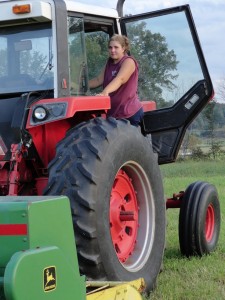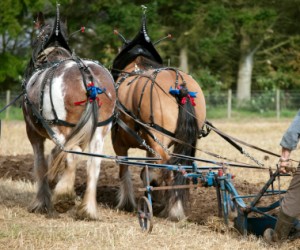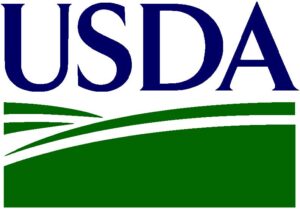I surveyed our Facebook friends a few days ago about future blog topics and a trend started to develop pretty quickly. It seems several of you have either smaller land holdings or some land that needs to be reclaimed and do not have a lot of equipment to get the job done. Here are a some tips and considerations on when it makes sense to invest in equipment and some alternative options.
- Hire it done. Certainly one of the easier options is just to pay someone to do the work for you. Of course it requires the cash to pay for the work and you might not get the work done exactly when you want it done. And, of course, you’ll need to find the right person and do the due diligence to make sure you are getting someone that can do the job you want done. In some parts of the country you will have to do some homework just to find people interested in custom work. On the plus side you are not taking on any responsibility for owning the equipment and breakdowns are not your problem. And, of course, it takes a lot
 less of your time. You might even get lucky and find someone that is willing to barter for their services (warning: the IRS considers barter the same as a cash transaction so keep your records).
less of your time. You might even get lucky and find someone that is willing to barter for their services (warning: the IRS considers barter the same as a cash transaction so keep your records). - Rent the equipment. Almost any piece of equipment that you need is available for rent. While this option will require money for the rental and your time it will generally be cheaper in the long run than owning and maintaining the equipment yourself if the job is a one-time event. Many rental companies will even deliver and pick up the equipment for you. Most reputable companies will also provide an orientation to safe operation.
- Let the critters do the work. Depending on your temperament, your timeline and your circumstances it is possible to do some land reclamation with animals. There are many farmers that are using pigs to reclaim pasture land. The downside is that this method will take time — it does not happen in a couple days. You also have to keep an eye on the livestock — maintain their health, make sure they have water available, keep an eye out for predators and have the right fencing to contain them. The upside is that you’ll have pork to eat or to sell and you will be limiting your use of carbon fuels.
- Working with draft animals. Draft animals–horses, oxen, mules, etc. — can be a viable way to get the work done provided you have the time, experience and interest in working with these animals. The downsides are the expense of maintaining the animals, the additional time in training and working (animals don’t work as fast as machin
 es but then again they don’t break down as often either), and the fact that you’ll need a larger land base to keep the animals. Finding implements can also be time-consuming but there are networks that can help.
es but then again they don’t break down as often either), and the fact that you’ll need a larger land base to keep the animals. Finding implements can also be time-consuming but there are networks that can help. - Buy the equipment. As a last option you could make the investment and buy the equipment you need to do the work you want done. This is the last option I’m presenting for a good reason. The are significant downsides to buying equipment. First, there is the expense. In order to justify the cost of the machinery you are going to need to really crunch the numbers to ensure that you are making back both your original investment plus the debt service on the equipment but also making back enough to start a replacement fund. Another requirement of owning equipment is the time and ability to do regular maintenance and repairs yourself. And you will need space to store the equipment and the attachments when you aren’t using them. If you have a smaller acreage it can challenging to find equipment that is sized appropriately. There are benefits to owning equipment — it will be there when you need it (unless it’s broken), you can do the work on your time schedule and it will get done exactly the way you want it done. It can also save your body by doing the heavy work for you.
The decision on how best to integrate equipment into your farm is complicated. There are many things to consider and making bad choices can be expensive. Before you jump in it will pay to research your alternatives and examine the decision based on your whole farm plan. Let us know what decisions you’ve made regarding mechanization on your farm.
For a related webinar I would invite you to check out, Tools for Small Scale Production by the National Center for Appropriate Technology. The subject is mostly on hand tools but has some important tips that you might find helpful.







Something to consider is whether you’re mechanizing with new or used equipment. Our tractor is 50 years old and pretty handy on <5 acres but there's a fair amount of stress and expense in maintaining it (probably more so than if we had bought new/newer). Also, it may be obvious but a tractor is just an engine on wheels, if you want it to do anything for you you have to buy the implements too!
Too funny! I’ll add merchandising to the list though!
I need to read more slowly… I saw “merchandising your farm..”
Which would be an excellent topic for an upcoming post..
Which I will read more slowly!